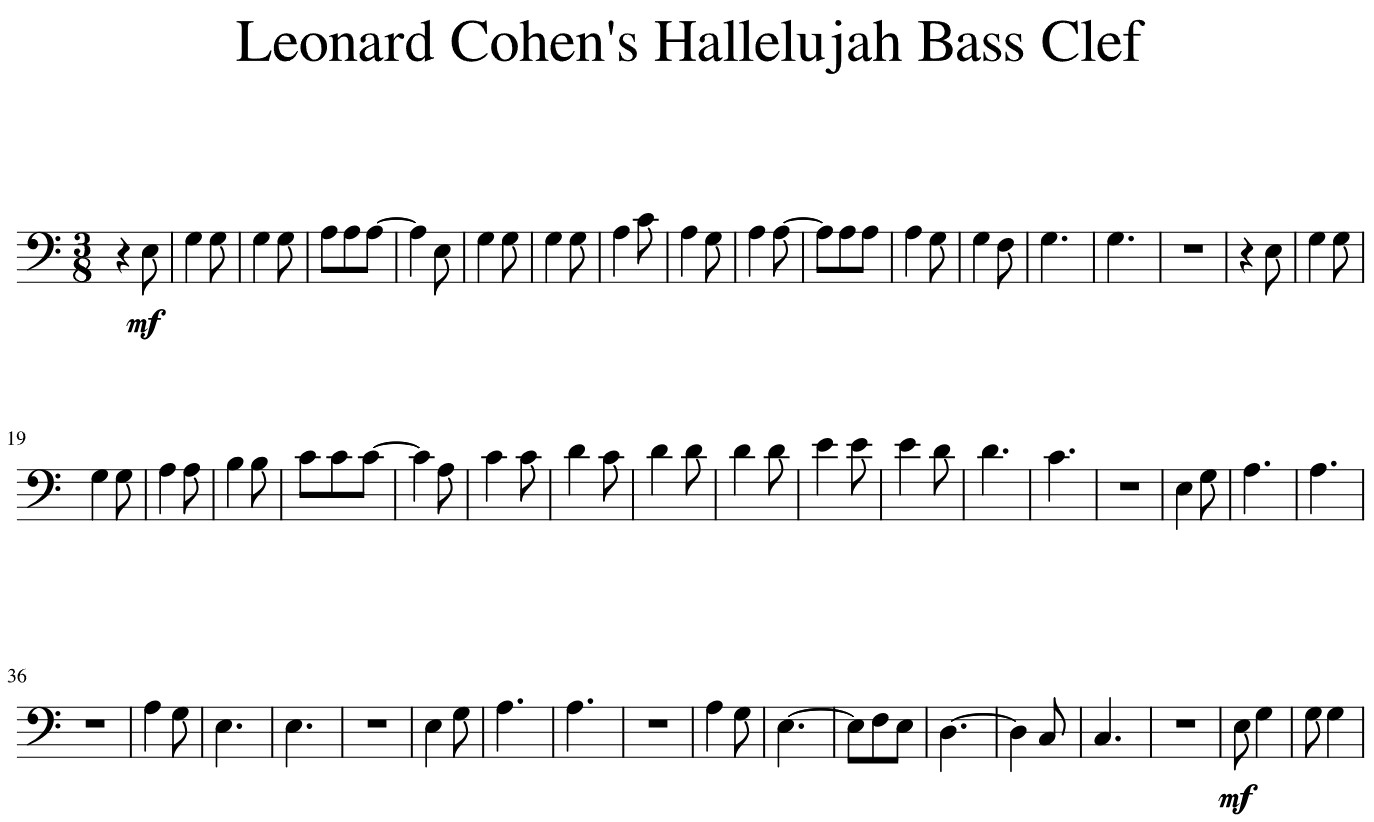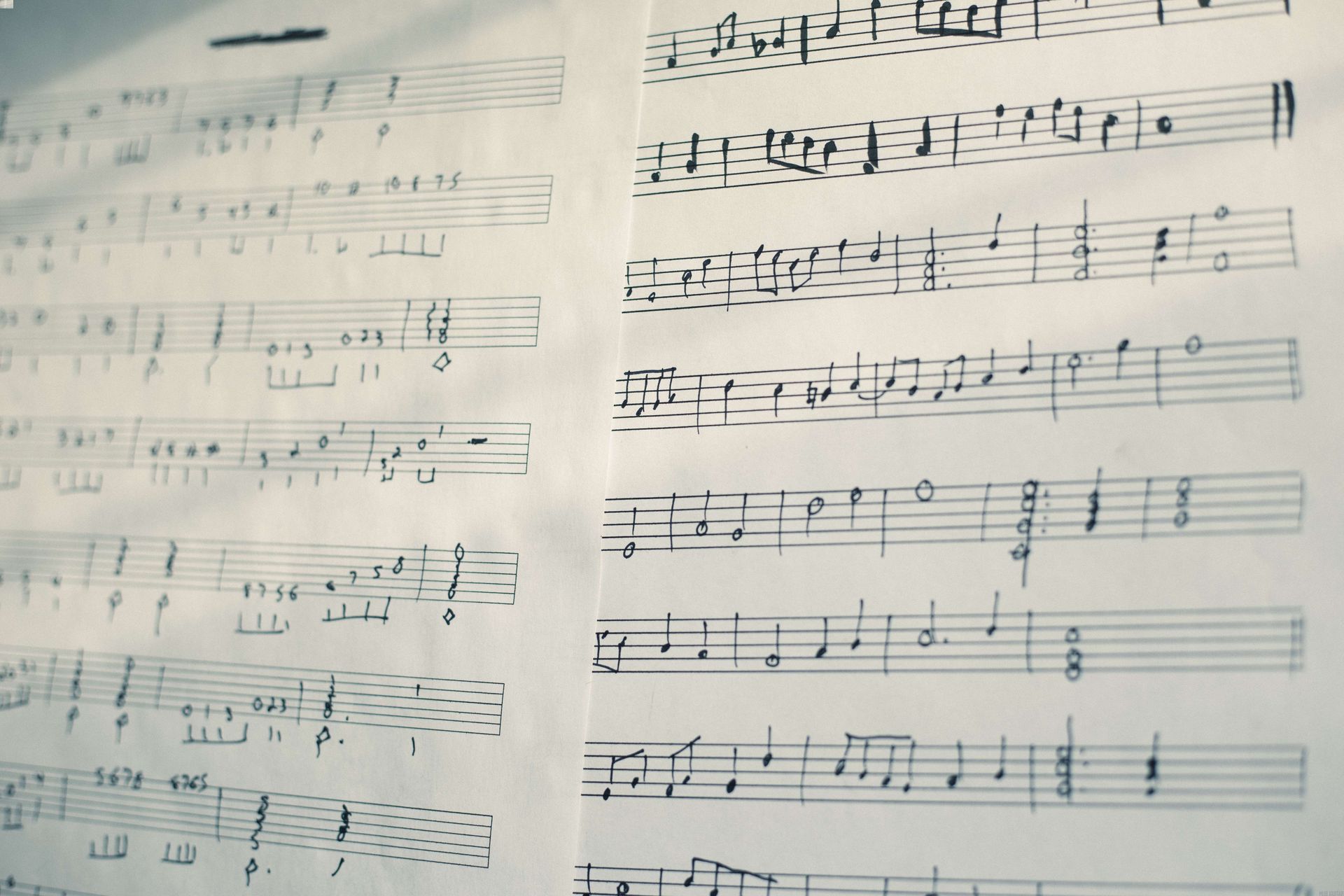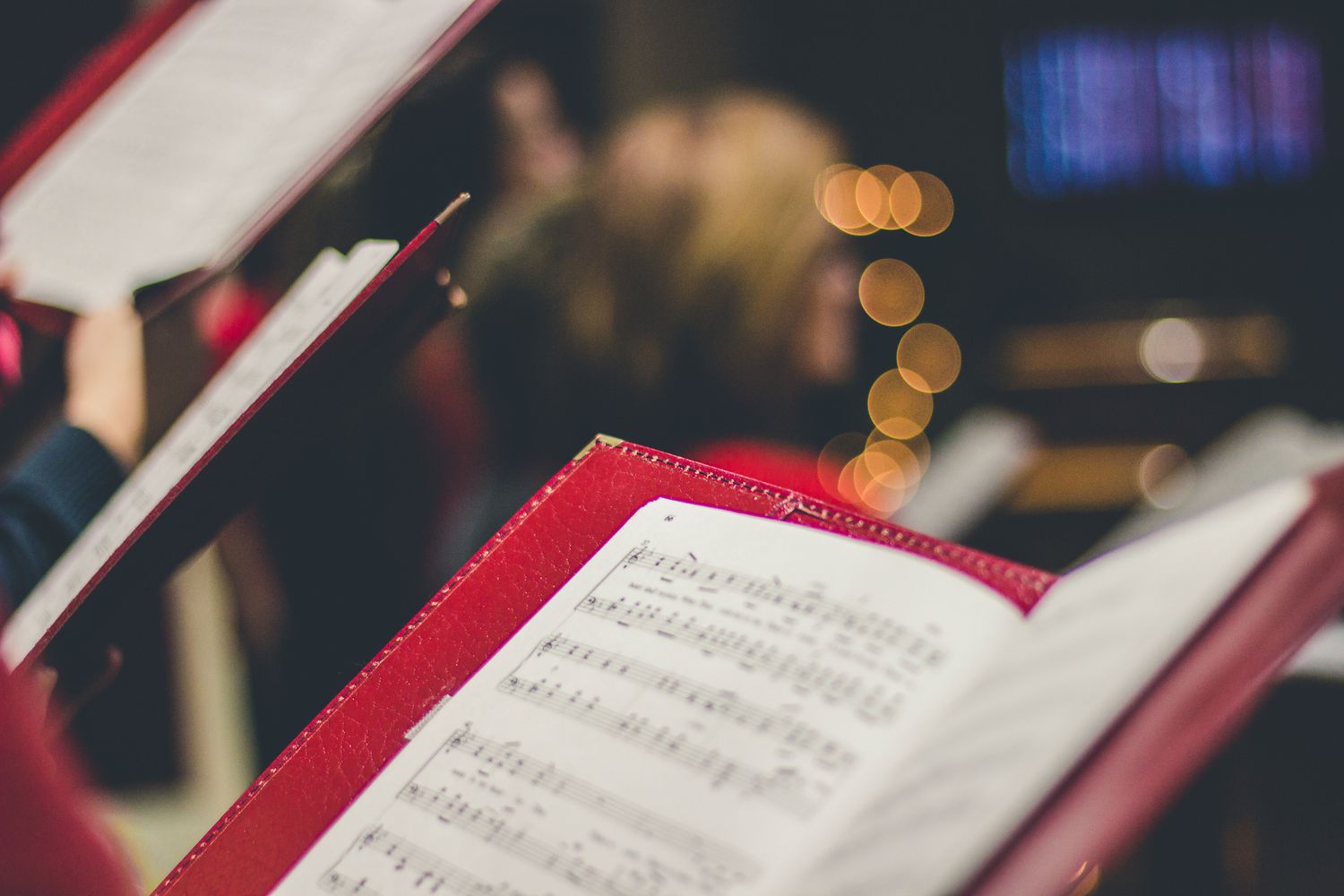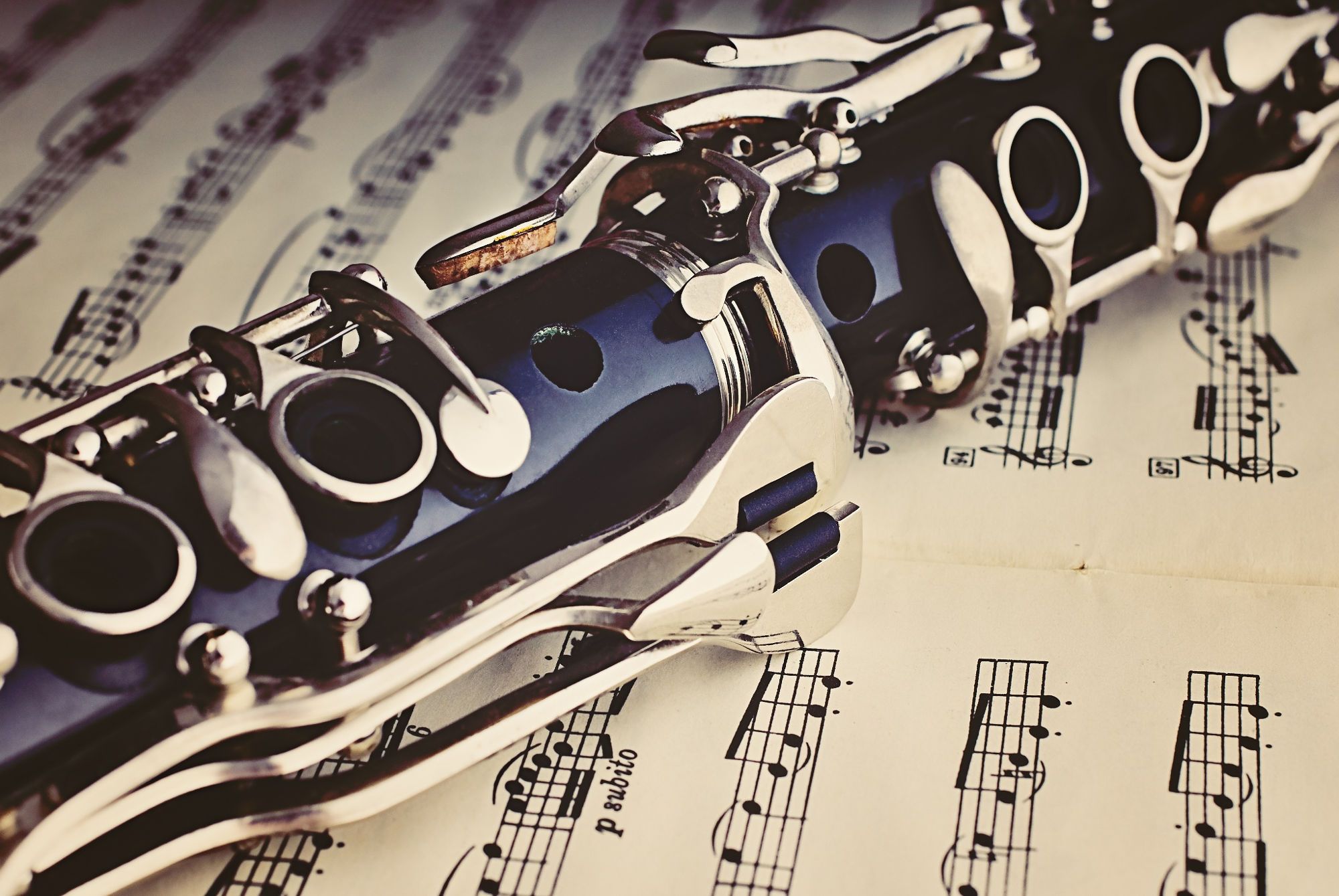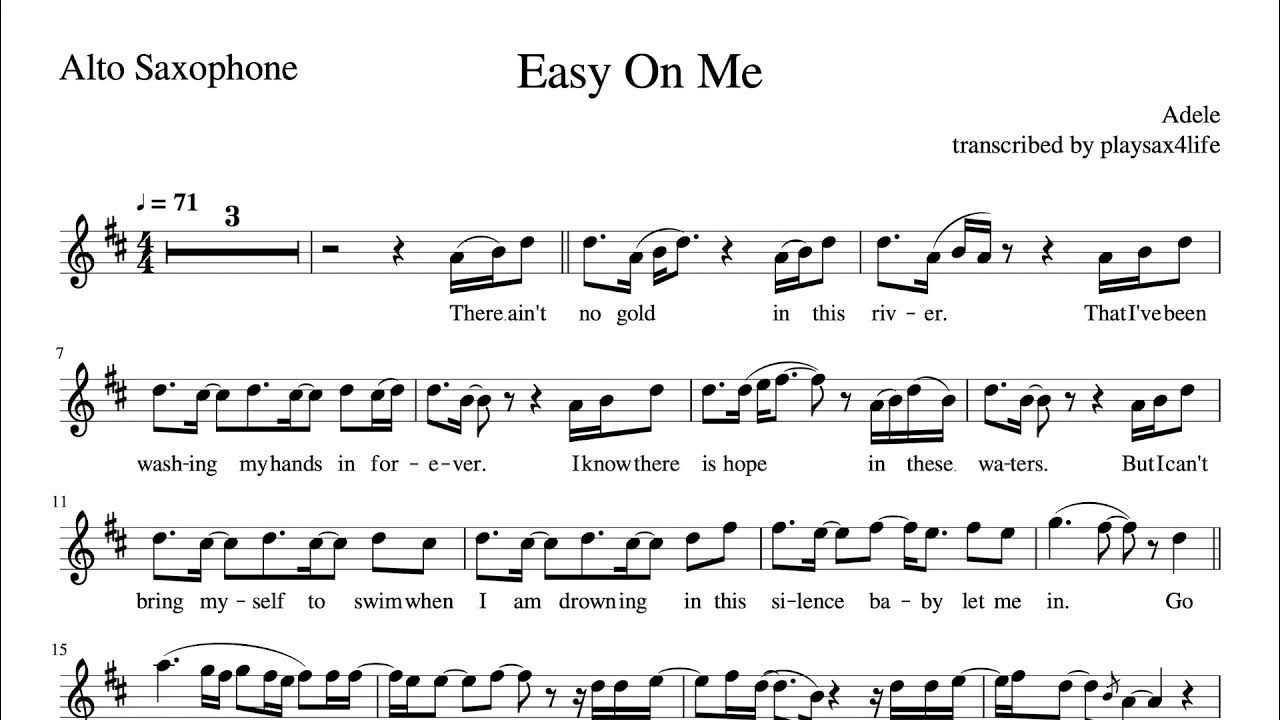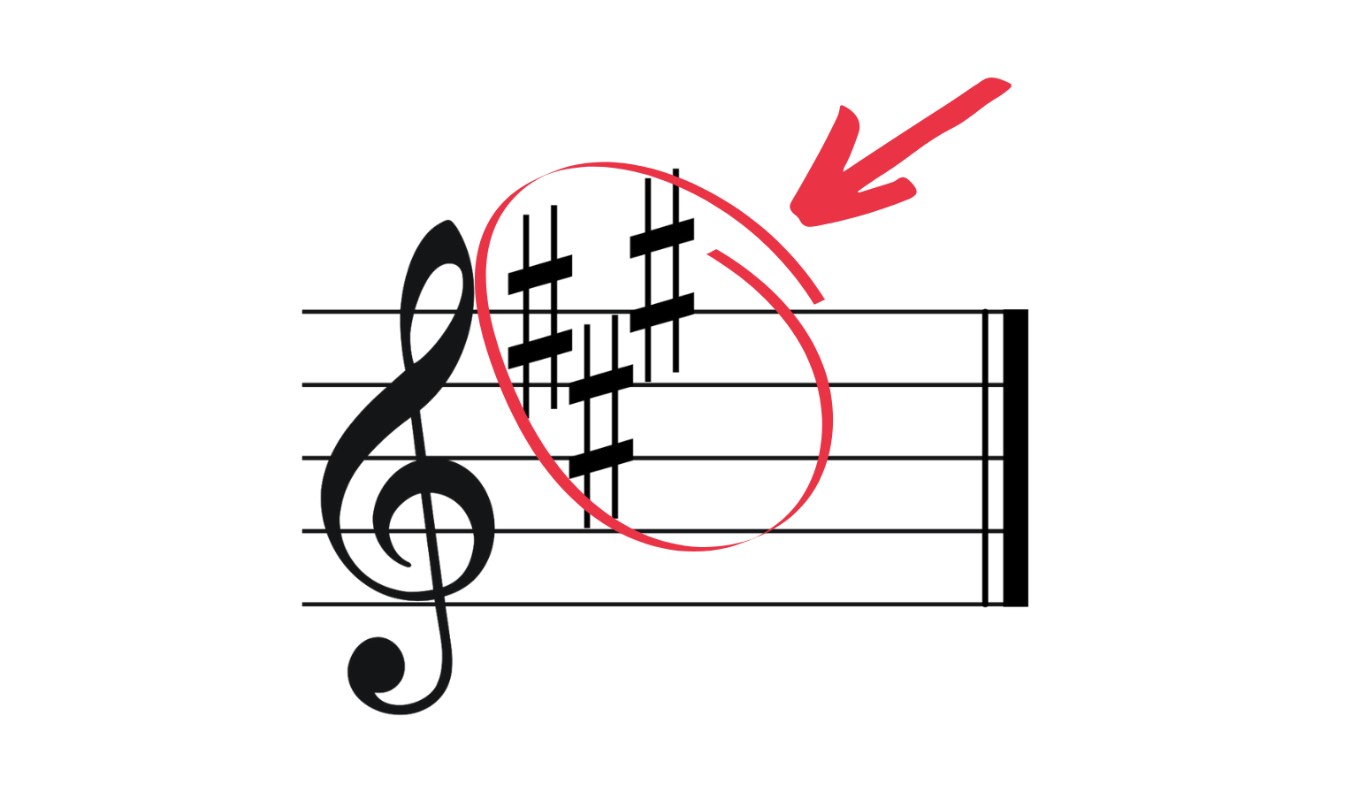Home>Production & Technology>Sheet Music>How To Read Accordion Sheet Music
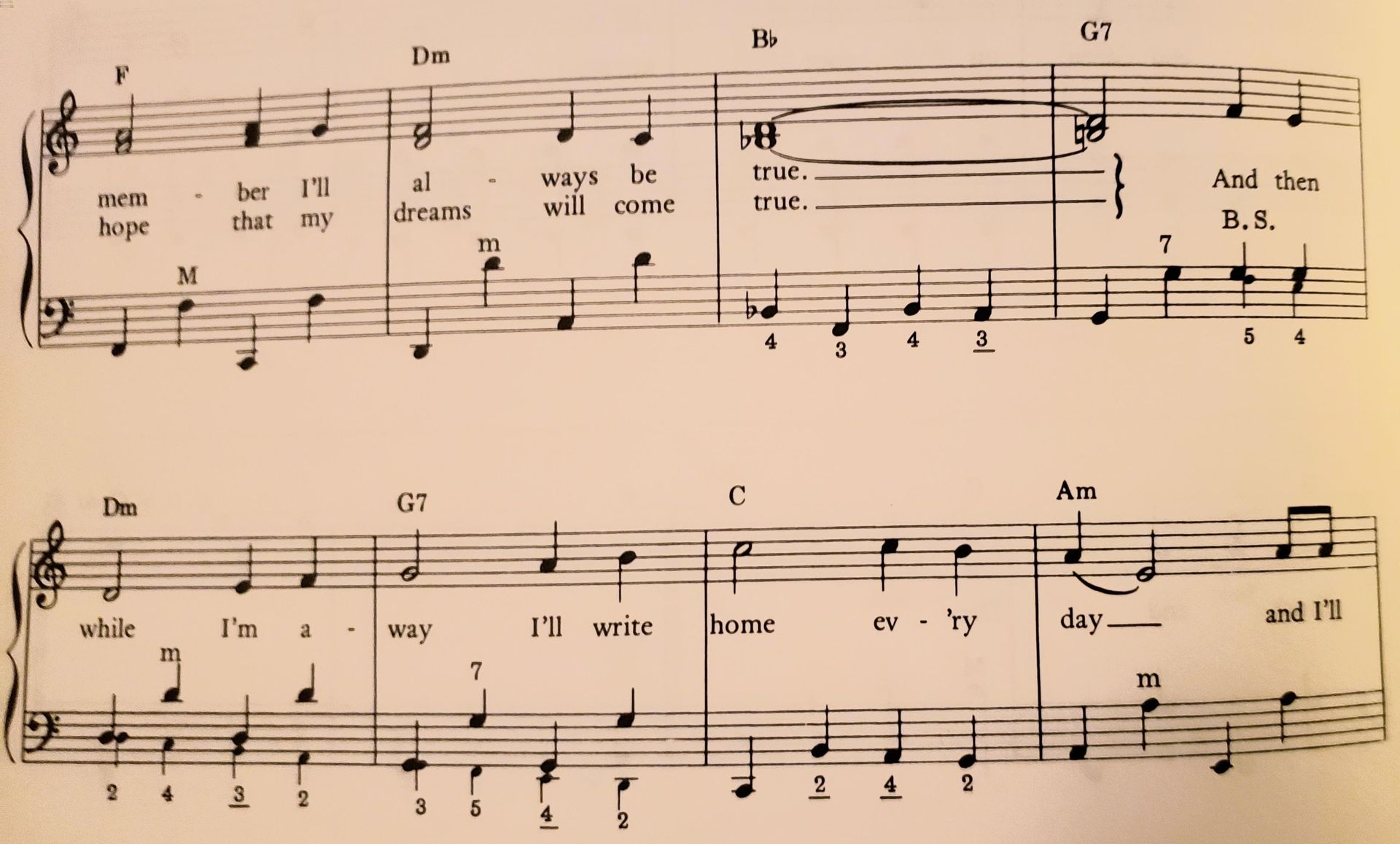

Sheet Music
How To Read Accordion Sheet Music
Modified: January 22, 2024
Learn how to read accordion sheet music with our comprehensive guide. Master the techniques and improve your skills with sheet music for accordion players.
(Many of the links in this article redirect to a specific reviewed product. Your purchase of these products through affiliate links helps to generate commission for AudioLover.com, at no extra cost. Learn more)
Table of Contents
Introduction
Welcome to the world of accordion sheet music! If you’re a beginner or even a seasoned musician, learning to read sheet music specifically for the accordion can open up a whole new dimension of musical possibilities. Whether you’re interested in playing classical pieces, traditional folk tunes, or modern compositions, having a solid understanding of accordion sheet music is essential.
In this article, we’ll delve into the intricacies of reading accordion sheet music and provide you with tips on how to effectively practice and master this unique instrument. From understanding musical notation to mastering left-hand techniques, we’ll cover everything you need to know to confidently interpret and play accordion sheet music.
Reading accordion sheet music may seem intimidating at first, but with some patience and practice, you’ll soon find yourself able to navigate through complex scores with ease. By learning the basics of accordion playing and familiarizing yourself with the notation system, you’ll be able to express your musical ideas and emotions through this versatile instrument.
Whether you aspire to become a professional accordionist or simply want to enjoy playing for your own pleasure, this article will provide you with the tools and knowledge to excel in reading and playing accordion sheet music. So let’s dive in and unlock the world of beautiful melodies and captivating rhythms that await you!
Understanding Accordion Sheet Music
Accordion sheet music is written using a system of musical notation that is specific to the instrument. It consists of two parts: the treble clef (also known as the G clef) and the bass clef. The treble clef is played with the right hand, while the bass clef is played with the left hand.
The treble clef contains the melody and is indicated by a series of notes placed on a set of five horizontal lines. Each line and space represents a specific pitch, allowing the musician to play the melody accurately. Notes on the treble clef are often accompanied by various symbols, such as sharps (#) or flats (b), which indicate alterations to the pitch.
The bass clef, on the other hand, is played by the left hand and provides the harmonic foundation for the music. It consists of a series of notes placed on a set of five horizontal lines and four spaces. Unlike the treble clef, the bass clef does not have sharps or flats in its default position.
One unique aspect of accordion sheet music is the presence of chord symbols. These symbols indicate which chords to play in conjunction with the melody. Chords are written as a series of letters or symbols above the staff, and the accordionist must be able to read and interpret them accurately as they play.
Accurate interpretation of accordion sheet music also requires an understanding of the different types of notes and rhythmic values. Notes can range from whole notes (which represent the longest duration) to sixteenth notes (which represent very short durations).
In addition to notes and chords, accordion sheet music may also include other musical instructions, such as dynamics (indicating the volume), articulations (indicating how the notes should be played), and tempo markings (indicating the speed of the music).
By familiarizing yourself with these elements of accordion sheet music, you’ll be able to read and interpret the music accurately, allowing you to bring the composer’s intentions to life through your accordion playing.
Reading Musical Notation
Accurate interpretation of musical notation is crucial for effectively reading accordion sheet music. Let’s explore some key aspects of reading musical notation:
- Notes: The notes on the treble clef indicate the melody that is played with the right hand. Each note represents a specific pitch on the accordion. It is important to recognize the placement of notes on the staff and their corresponding position on the accordion buttons or keys.
- Rhythmic Values: The duration of each note is indicated by its shape. Whole notes, half notes, quarter notes, and eighth notes are commonly used in accordion sheet music. Understanding the value of each note is essential for maintaining the correct rhythm while playing.
- Rests: Rests are symbols that indicate moments of silence in the music. They are crucial for maintaining the proper timing and rhythm. Rests come in different durations, such as whole rest, half rest, quarter rest, and eighth rest.
- Accidentals: Accidental symbols, such as sharps (#) and flats (b), modify the pitch of a note. When encountering an accidental, it is essential to adjust the corresponding button or key on the accordion accordingly to produce the correct pitch.
- Chords: Chord symbols written above the treble clef indicate which chords to play along with the melody. These symbols are usually written as letters or abbreviations (e.g., C, G7) and are essential for creating the harmonic structure of the music.
- Dynamics and Articulations: Dynamics refer to the volume of the music, while articulations indicate how the notes should be played. Symbols such as piano (soft), forte (loud), staccato (short and detached), and legato (smooth and connected) give specific instructions for expression and interpretation.
- Tempo Markings: Tempo markings indicate the speed at which the music should be played. Common tempo markings include terms like adagio (slow), andante (moderate), and allegro (fast).
Mastery of these elements will enable you to accurately interpret the music, maintain the correct rhythm, and bring out the intended expression and dynamics in your accordion playing. Taking the time to study and understand musical notation will greatly enhance your ability to read and play accordion sheet music.
Learning the Basics of Accordion
Before diving into playing accordion sheet music, it’s important to familiarize yourself with the basics of the instrument itself. Understanding the different components and techniques will greatly enhance your ability to play with proficiency and expression:
- Accordion Parts: The accordion consists of several important parts. The bellows, located in the center, create the sound when air is squeezed in and out. The treble side contains the buttons or keys that produce the melody, while the bass side contains buttons or a keyboard that provides the harmonic foundation.
- Hand Placement: When holding the accordion, the left hand operates the bass side while the right hand plays the treble side. Ensure a comfortable hand position with the fingers positioned over the correct buttons or keys.
- Bellows Technique: The bellows are the heart of the accordion’s sound. Mastering bellows control is essential for producing the desired dynamics and expression. Experiment with different techniques, such as subtle and controlled bellows movements, to achieve the desired sound.
- Finger Placement: The treble side of the accordion requires precise finger placement to play the correct notes. Practice placing your fingers on the buttons or keys to develop muscle memory and accuracy.
- Button/Key Layout: Familiarize yourself with the layout of buttons or keys on both the treble and bass sides. This knowledge will be invaluable when reading and playing accordion sheet music, as you’ll be able to quickly find the correct notes and chords.
- Bellows Direction: Mastering the ability to control the direction of the bellows is crucial for creating musical phrasing. Experiment with pushing and pulling the bellows to change the sound and dynamics in your playing.
By learning the basics of the accordion, you’ll develop a strong foundation for playing accordion sheet music. Take the time to familiarize yourself with the instrument’s parts, practice proper hand and finger placement, and experiment with bellows control. With consistent practice and dedication, you’ll be well on your way to becoming a proficient accordionist.
Mastering Left-Hand Techniques
While the right hand plays the melody on the treble side of the accordion, the left hand is responsible for providing the harmonic support and bass line. Mastering left-hand techniques is paramount for creating a balanced and rich sound. Here are some essential techniques to focus on:
- Bass Buttons: The left-hand side of the accordion features bass buttons or a keyboard. These buttons are arranged in a specific pattern, typically with rows of bass notes and accompanying chords. Practice locating and playing the bass notes and chords to become familiar with their positions.
- Bass Line Execution: In accordion sheet music, the left hand often plays a consistent bass line throughout the piece. Focus on playing the bass notes in a smooth and consistent manner, keeping a steady rhythm and providing a solid foundation for the music.
- Chord Execution: Along with the bass line, the left hand may be required to play chords indicated by chord symbols above the treble staff. Practice playing different chord shapes and transitions to develop accuracy and fluidity in your left-hand technique.
- Stradella Bass System: Stradella bass system is a common layout found in many accordions. It consists of rows of bass notes and accompanying chords in a specific pattern. Learn to utilize this system effectively, as it provides a wide range of harmonic possibilities to enrich your playing.
- Bellows Control: Left-hand techniques and bellows control go hand in hand. Experiment with adjusting the speed and direction of the bellows while playing the left-hand bass and chords. This will allow for nuanced expression and dynamics in your playing.
- Octave Playing: To add depth and richness to your left-hand accompaniment, practice playing octaves. By playing the same bass note on two different rows simultaneously, you can create a fuller sound and enhance the overall harmony of the music.
Consistent practice and dedicated focus on left-hand techniques will enable you to master the bass line execution, chord execution, and various techniques associated with playing the left hand on the accordion. With time and patience, you’ll develop the coordination and skill necessary to bring out the full potential of the left-hand side of the accordion.
Practicing Accordion Sheet Music
Practicing accordion sheet music is an essential part of becoming a skilled accordionist. It allows you to refine your technical abilities, enhance your musicality, and develop a deep understanding of the music you’re playing. Here are some tips to make your practice sessions effective and productive:
- Start with Simple Pieces: Begin by practicing simple pieces that are suited to your skill level. This will build a solid foundation and help you develop good playing habits. As you gain proficiency, gradually increase the complexity of the music you tackle.
- Break It Down: When faced with a challenging piece, break it down into smaller sections and practice them individually. Focus on mastering one section before moving on to the next. This approach helps build muscle memory and allows for better overall grasp of the music.
- Slow Practice: Practice slowly and with precision, paying attention to correct finger placement, bellows control, and timing. It is better to play a passage slowly with accuracy than to rush through it with mistakes. As you gain confidence, gradually increase the tempo.
- Use a Metronome: Incorporate a metronome into your practice routine to improve your sense of timing and rhythm. Start with a slower tempo and gradually increase it as you become more comfortable with the piece. Playing in time is crucial for accurate and expressive performances.
- Record and Evaluate: Record your practice sessions and listen back to them. This will help you identify areas that need improvement, such as timing, dynamics, or articulations. Self-evaluation allows for targeted practice and growth.
- Vary Your Repertoire: Challenge yourself by exploring different genres and styles of music. This will broaden your musical palette and provide opportunities for growth. Experimenting with different types of music will also keep your practice sessions fresh and engaging.
- Seek Guidance: If possible, seek guidance from a knowledgeable accordion teacher or mentor. Their expertise and feedback can greatly enhance your learning experience and help you overcome challenges more effectively.
- Enjoy the Process: Remember to enjoy the process of practicing and playing accordion sheet music. Learning an instrument is a journey, and it’s important to savor each step along the way. Find joy in the music and let your passion shine through in your playing.
Consistent and focused practice is key to mastering accordion sheet music. By utilizing these tips and making practice a regular part of your routine, you’ll see significant improvements in your playing ability and musicianship. Embrace the journey and make the most of your practice sessions!
Tips for Efficient Accordion Playing
Efficiency in accordion playing allows for smoother and more effortless performances. Here are some tips to help you improve your efficiency and enhance your overall playing experience:
- Posture and Ergonomics: Maintain good posture while playing the accordion to minimize strain and fatigue. Sit or stand up straight, with your shoulders relaxed. Position the accordion comfortably in front of you, ensuring that your arms and hands have a natural reach to the buttons or keys.
- Finger Independence: Develop finger independence by practicing finger exercises and drills. Strengthening your fingers and improving their dexterity will allow for greater control and precision while playing complex passages.
- Memorization: Memorize pieces that you frequently perform. Memorization enables you to focus on the musical expression and interaction with the audience, rather than being solely dependent on reading sheet music. This will make your performances more engaging and fluent.
- Listen to Accordionists: Listen to recordings of skilled accordion players to develop a sense of musicality and phrasing. Pay attention to their bellows control, dynamics, and interpretation of the music. This will inspire you and provide valuable insights into the potential of the instrument.
- Breathing and Bellows Control: Coordinate your breathing with the movements of the bellows. Proper bellows control ensures a consistent flow of air, which affects the volume, dynamics, and expression of your playing. Practice controlled bellows movements to master this important aspect of accordion performance.
- Efficient Fingerings: Develop efficient fingerings for each piece or passage you play. Experiment with different fingering options and find those that allow for smooth transitions and minimal hand movement. Efficient fingerings will help you navigate the instrument more effortlessly.
- Transcribe Music: Challenge yourself by transcribing music from other instruments and adapting it for the accordion. This helps expand your repertoire and develops your ear for musical nuances and expressions.
- Regular Maintenance: Keep your accordion in good condition through regular maintenance. This includes cleaning the instrument, checking for any mechanical issues, and keeping the reeds well-maintained. A properly maintained accordion ensures optimal sound and performance.
- Continuous Learning: Never stop learning and exploring new techniques and repertoire. Attend workshops, take lessons, and engage with other accordionists to expand your knowledge and improve your playing skills. The more you learn, the more versatile and efficient you’ll become as a musician.
By incorporating these tips into your practice routine and performance preparation, you’ll gradually develop greater efficiency in your accordion playing. Remember, efficient playing not only improves the overall quality of your performances but also enhances your enjoyment and connection with the music.
Conclusion
Congratulations on completing this comprehensive guide to reading and playing accordion sheet music! By understanding the basics of accordion sheet music, reading musical notation, mastering left-hand techniques, and practicing efficiently, you have embarked on a journey to becoming a skilled accordionist.
Remember that learning to read accordion sheet music takes time and dedication. Start with simple pieces and gradually challenge yourself with more complex music as your skills progress. Practice regularly, break down pieces into smaller sections, and utilize techniques such as slow practice and the use of a metronome to improve your accuracy and timing.
Developing a strong foundation in both the right and left hand techniques is essential for playing accordion sheet music. Master the placement of fingers, control the bellows, and become familiar with the layout of the buttons or keys. Embrace the challenge of mastering both the melody and the harmonies, and pay attention to dynamics and articulations to express the music effectively.
Efficiency in accordion playing is achieved through posture, finger independence, memorization, listening to accordionists, efficient fingerings, and continuous learning. Focus on maintaining good ergonomics, strengthening your fingers, and finding techniques that allow for fluid movements and smooth transitions. Keep up with regular maintenance to ensure your accordion is in optimal condition.
As you continue your accordion journey, remember to enjoy the process. Take the time to explore different styles of music, seek guidance from experienced accordionists, and embrace the joy and artistry of playing the accordion. With practice, patience, and a passion for the instrument, you will unlock a world of beautiful melodies and captivating rhythms.
So keep practicing, keep exploring, and let the enchanting sound of the accordion fill your world. Happy playing!

